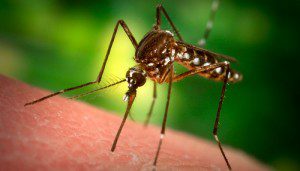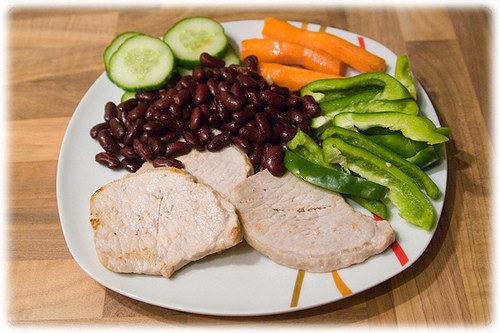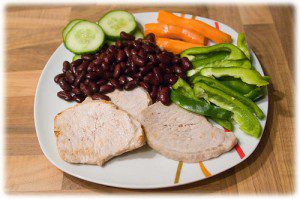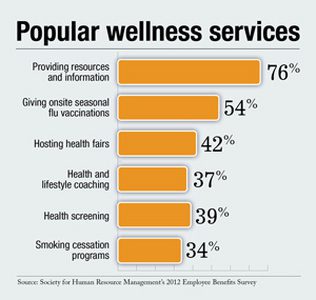Most Popular Benefits The most in-demand voluntary benefits continue to be those that supplement core medical, life, or disability insurance coverage, according to surveys. These include dental, critical illness, specific illness, hospital supplemental, medical supplemental, disability buy-up, and supplemental life coverage. However, demographic trends are also contributing to growing interest in long-term care and financial planning products. As more people are faced with their parents’ elder care needs, they begin to appreciate the cost of extended care and anticipate what their needs may be in a few years. And, many mid-career employees face the double crunch of saving for retirement at the same time they are financing college education for their children. Perhaps reflecting the many demands on the time and money of today’s employees, 28 percent of participants in one survey said they wanted employers to provide a wider array of voluntary benefits. In addition, 30 percent of respondents said they were interested in having employer-provided access to financial planners to assist them in making decisions. |
Furthermore, an individual experiencing a health crisis such as a heart attack can expect to be absent from work for some time. A disability plan usually replaces only 60 percent to 70 percent of wages, and not everyone has disability coverage. This disruption to an individual’s income stream, combined with the added medical expenses, can devastate a family’s financial well-being, and can even force tough decisions about treatment options.
The prospect of experiencing a severe health calamity is not as uncommon as one might think. According to a study by the National Heart Lung and Blood Institute, 1.1 million Americans have heart attacks each year. And the American Cancer Society predicts more than 1.4 million new occurrences of cancer annually in the U.S., with men accounting for a slightly higher percentage than women.
Fortunately, insurance products are available that supplement a primary medical plan. Usually available to employees on a voluntary basis and at group rates, these products can fill gaps in traditional health insurance coverage such as the indirect costs of an illness or injury. Surprisingly, the indirect costs can sometimes outweigh the direct cost of medical care.
The following provides an overview of the types and benefits of supplemental medical insurance products. Remember that different carriers may market similar products under various names, and that the specific benefits provided may vary.
Critical illness insurance usually pays a cash benefit upon diagnosis of a life-threatening disease or condition, such as cancer, heart attack, stroke, or the need for an organ transplant. The benefit can be used as the insured — or survivors — see fit. For instance, the benefit may be used to pay for health care from an out-of-network provider under the primary plan; experimental treatment not covered by the primary plan; indirect costs associated with medical treatment, such as transportation, lodging, and child care; as well as lost income.
Some carriers offer disease-specific insurance. The most well known among these products is cancer insurance. Depending on the way the policy works, specific disease insurance may pay a cash benefit upon diagnosis, and/or may provide coverage beyond the primary medical plan for treatments associated with the disease, such as radiation and chemotherapy in the case of cancer insurance. Some cancer insurance carriers provide disease management services through a health care professional with expertise in oncology.
Catastrophe medical insurance provides coverage that kicks in after the primary medical plan has run out. Although many primary medical plans have high lifetime limits, some do not. This is especially true of those purchased with economy of premium in mind. Catastrophe plans carry a high deductible, but typically all medical expenses paid both by the insured and the insured’s primary plan count toward the deductible. In light of the high cost of health care, a low-limit primary plan can be easily exhausted. Consider the medical costs associated with a premature baby or the trauma of a major automobile accident. Catastrophe insurance provides much needed benefits for all of these types of occurrences.
Hospital indemnity insurance supplements the primary medical plan if an illness or injury requires a hospital stay. Depending on the policy terms, benefits may be paid for specified hospital procedures or on a cash per diem basis.
With today’s skyrocketing costs of medical care prompting employers to study how health insurance is offered to employees, voluntary supplemental medical coverage may be an appropriate offering for your workplace. Adding supplemental medical coverage to an umbrella of voluntary benefit offerings can bring value as well as flexibility to your employee benefit package. Remember that coverages vary by carrier, and by state. Speak with your insurance agent to learn which supplemental insurance products provide the coverages that best suit your needs.
For more information on how a work-site supplemental package would help you and your company please contact us at (855)667-4621 info@medicalsolutionscorp.com today.

 Mosquitoes, fleas and other small bugs
Mosquitoes, fleas and other small bugs
 Spiders
Spiders






